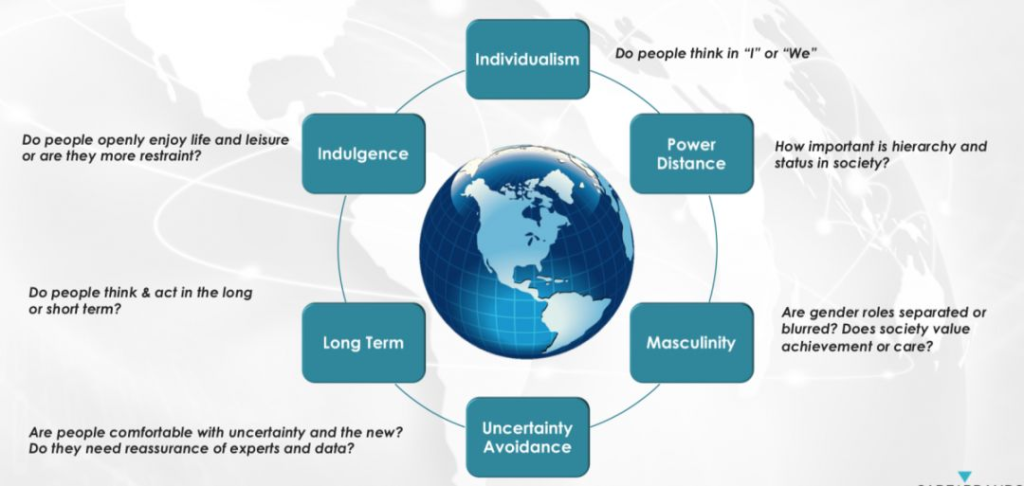On the evening of November 2, Prof. Franziska from the University of Applied Sciences of Design and Communication in Hamburg, Germany, gave a lecture on "Managing Brands Axcross Cultures" to the students at the Sino-German Institute. The lecture was about the relationship between brand management and cultural differences. She talked about the importance of designing brands and managing them from her own experience of working and founding a company.

Franziska talks about satisfying customer needs and the core of successful marketing - culture, where cultural differences in different countries have a huge impact on consumer behavior.

As an example, to celebrate the first flight from Hong Kong to the United States, United Airlines distributed white carnations to passengers, which in the West represent love and good luck, while in the East they represent bad luck and even death.

Franziska cited the reasons for the failure of the European Disneyland in the last century, including the different consumption concepts between Europeans and Americans, the concept of hedonism, different language and dress code, the American hedonism and Disney costumes are applied to the European Disneyland, obviously undesirable results, the French are not willing to learn English, the Germans are not willing to spend a lot of time and money Only for three or four days of hedonism. For the success of the brand, on the one hand, it needs to do to meet the needs of customers, and secondly, and most importantly, the brand company needs to do to understand the different cultural backgrounds.

Different degrees of shopping behavior, these are also the expression of cultural differences. For example, Chinese people are more short-term oriented, therefore, Chinese skin care Olay's advertisement focuses on 7-day results and focuses on removing the signs of ageing now, which is the pursuit of short-term benefits, while French people pursue long-term orientation, therefore, Lancôme's advertisement reflects the investment in future skin, which is also called long-term benefits.

Each country has its own unique cultural context. The element of cross-cultural brand management is to know and understand cultural values and distinguish brand adaptability. With enough homework done, good advertising and good brands are more likely to be born ~
Feedback from classmates:
After listening to the screening of the professor's explanation of globalization, we were surprised to see that the memories from our childhood, Donald Duck and Disneyland are actually opportunities brought by cultural differences, and when we saw such a common example, we immediately understood the importance of using cultural differences! -- Eugene Zhang, MICE 182
Through this workshop experience, we deeply realized that when we are engaged in design and sales, we should learn to overcome the different cultural differences between us and our clients from different countries and regions. Design and sales will be to serve the customers, so that they can feel the sincerity of the designers and salesmen from the root. -- Ying Xiaoyu, Visual Communication 181
We should also seek those things that remain the same in the midst of change. A company's authentic core values do not change in the essential sense with the times and regions. Instead, the externalized form of those brand's values should change with the times and regions, so that people have the interest to know, and keep going deeper and deeper into the brand to get the sense of identity, thus promoting management and development. -- Advertising 181 Wang Chenxi
